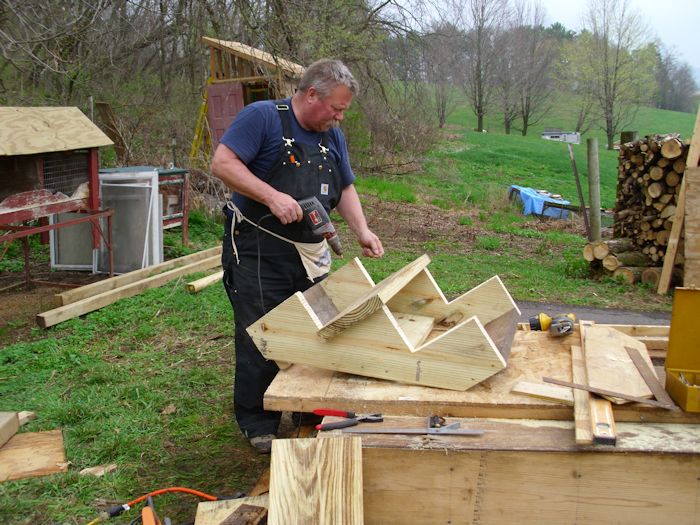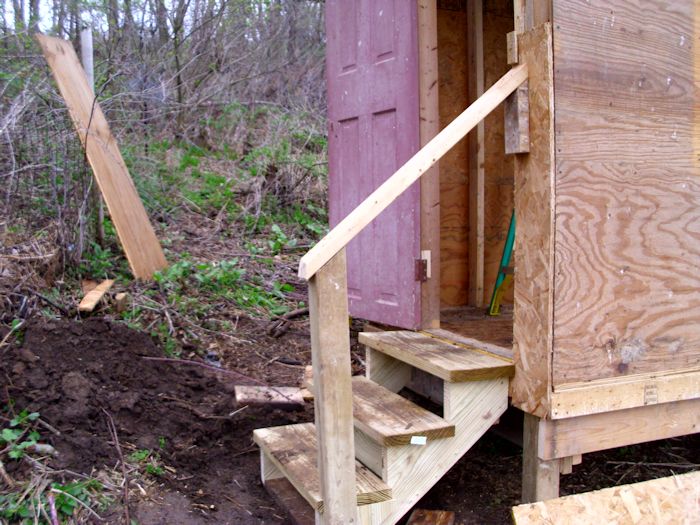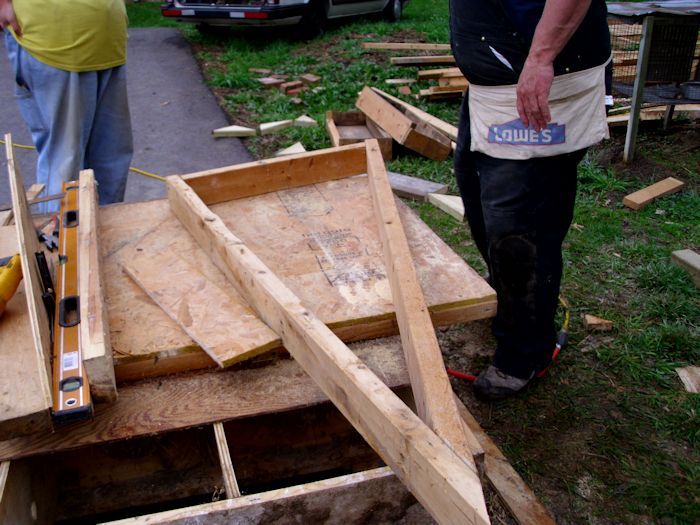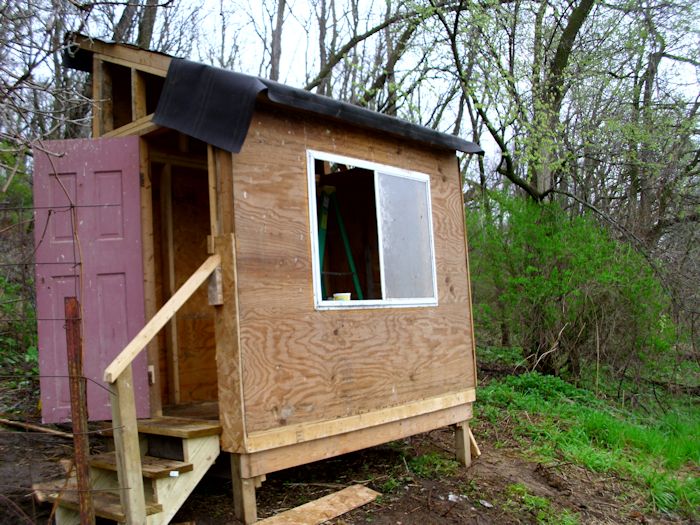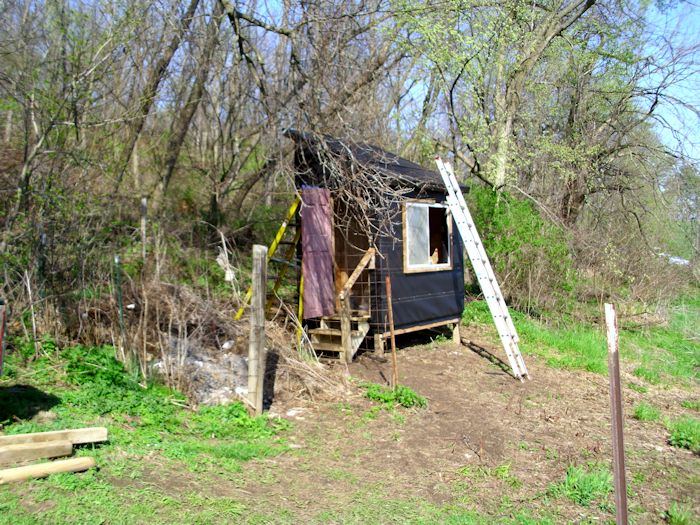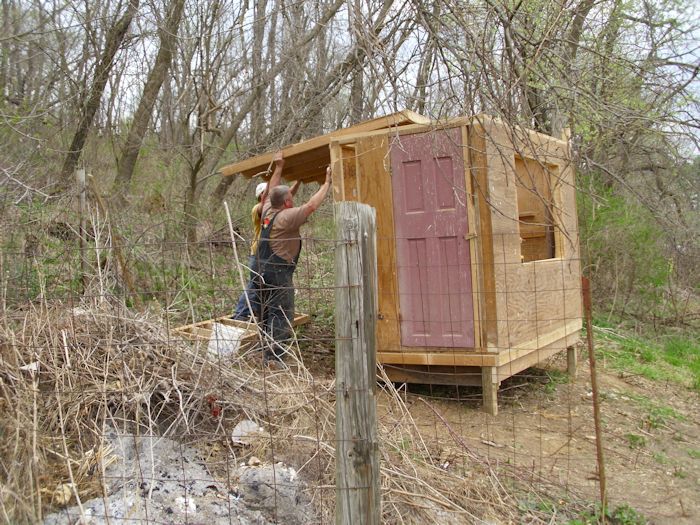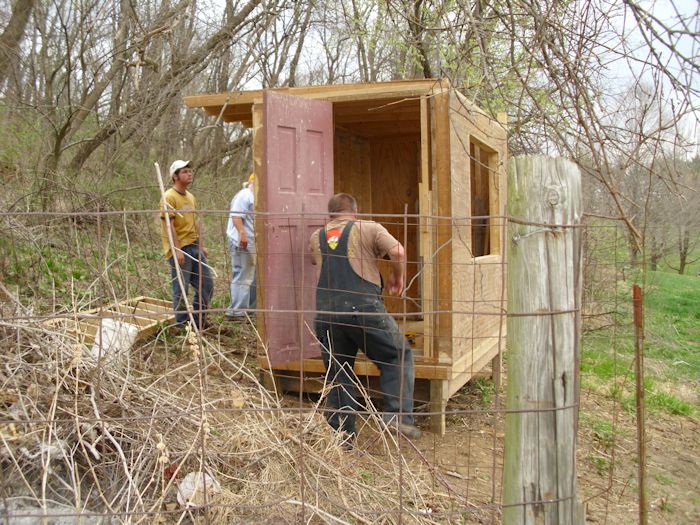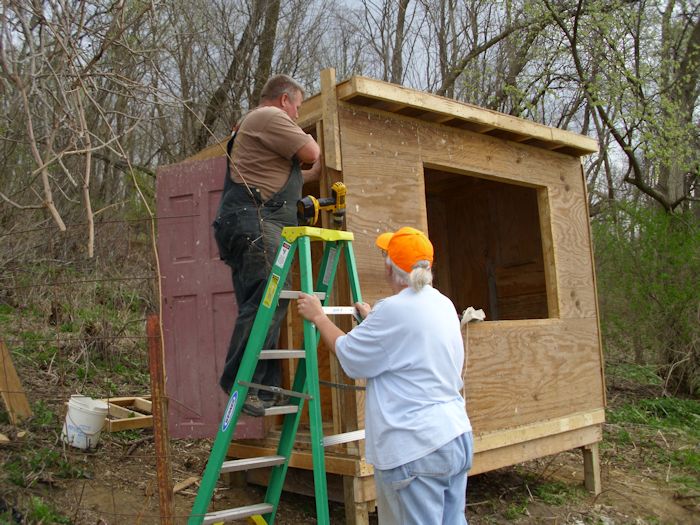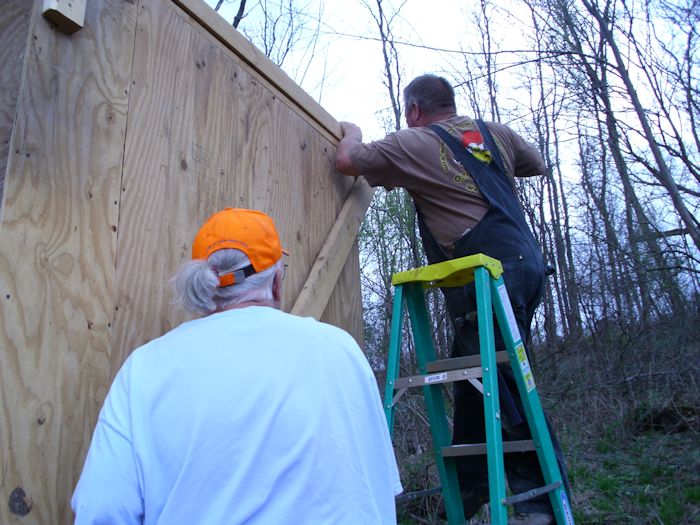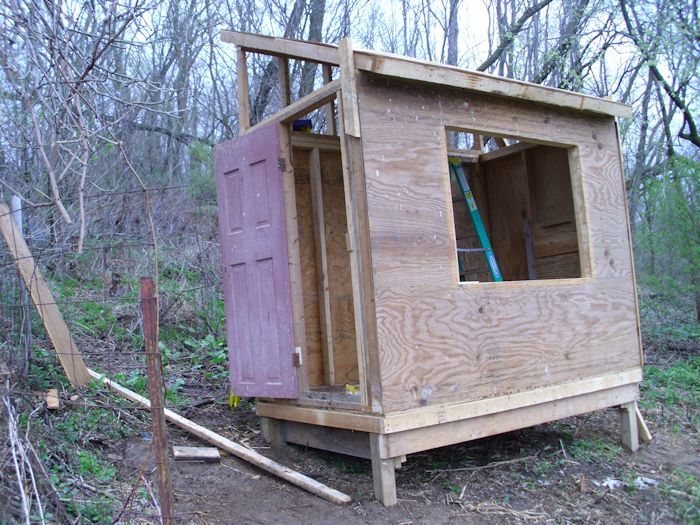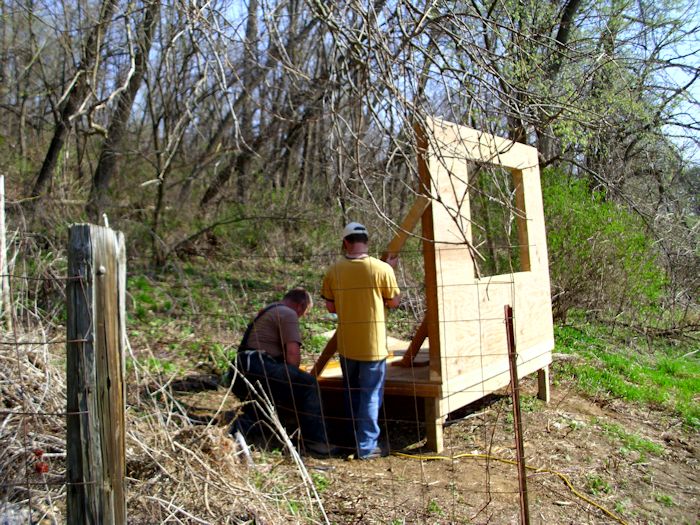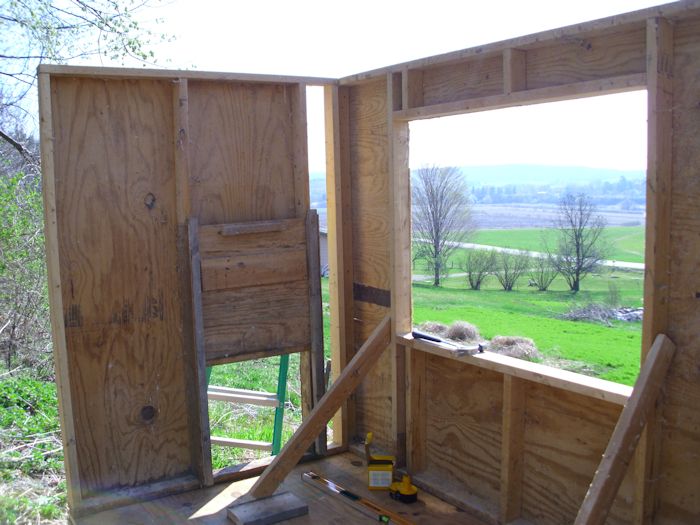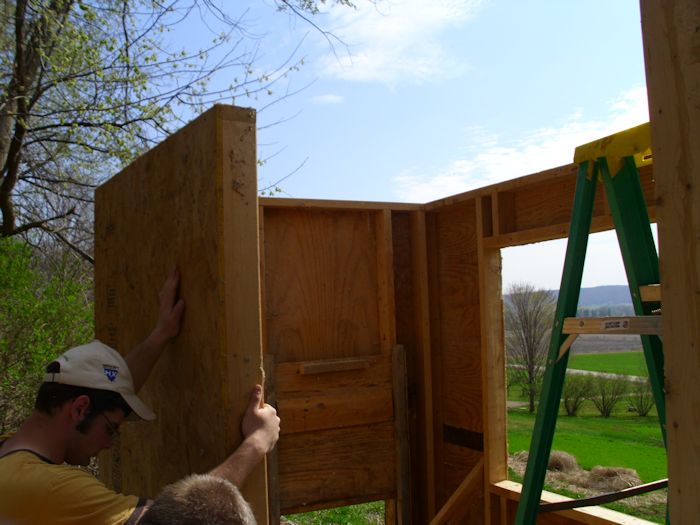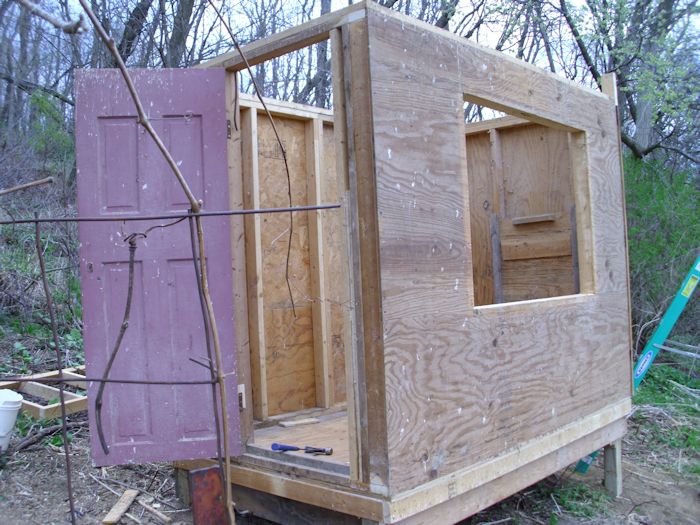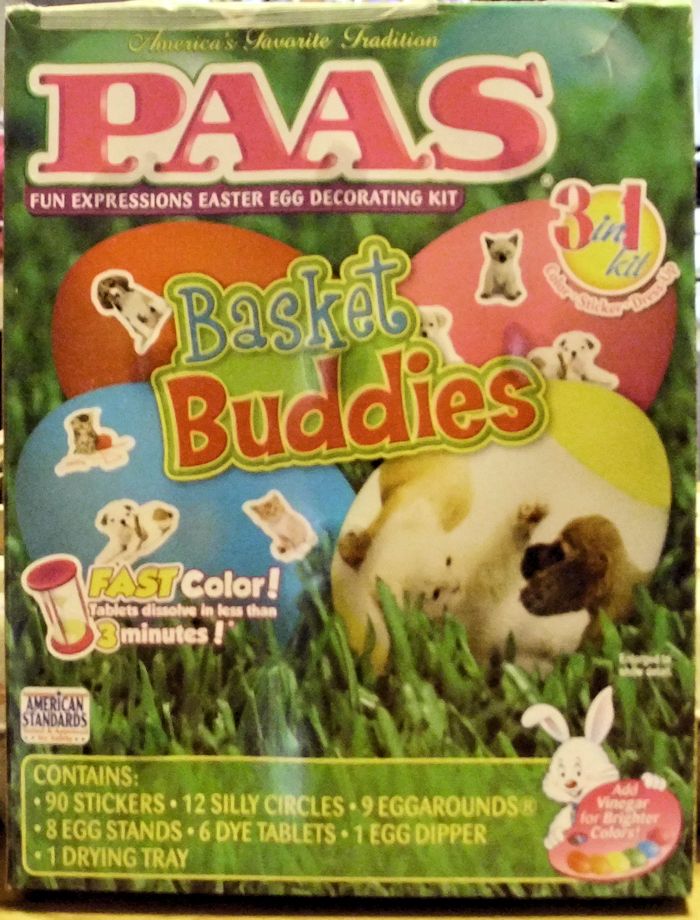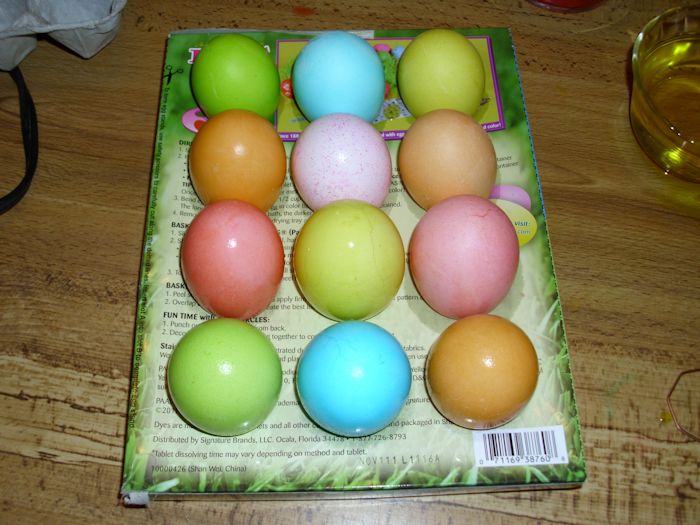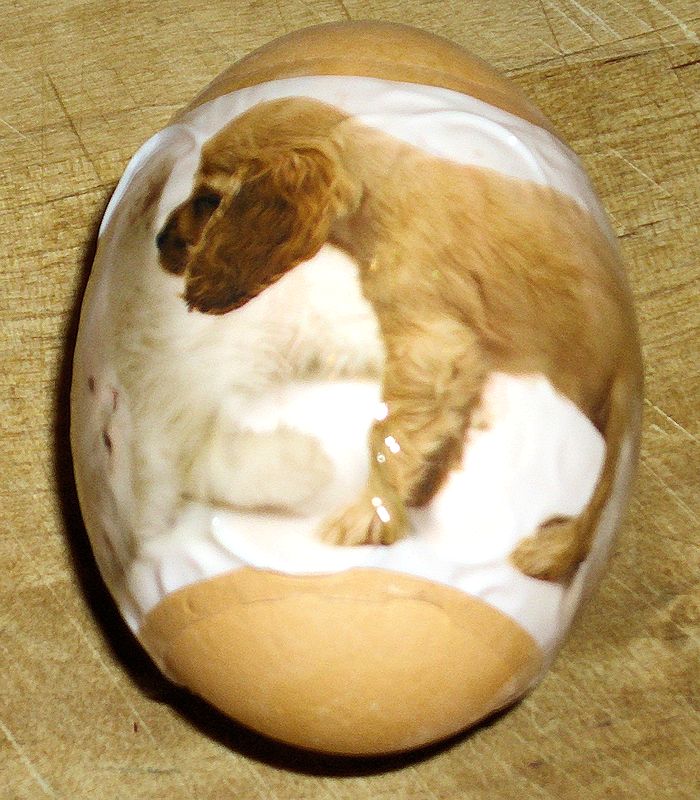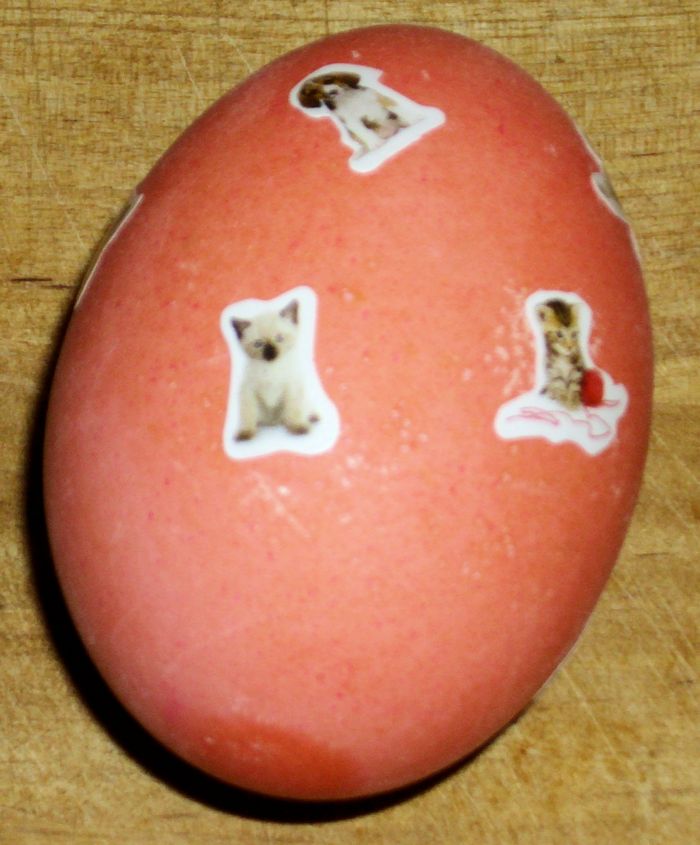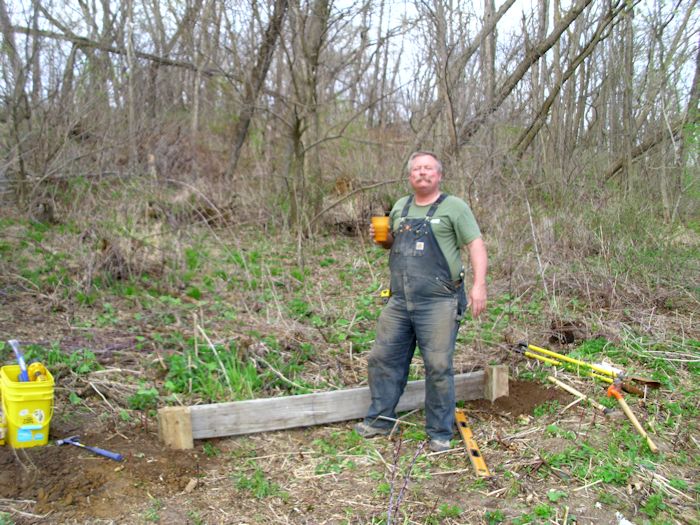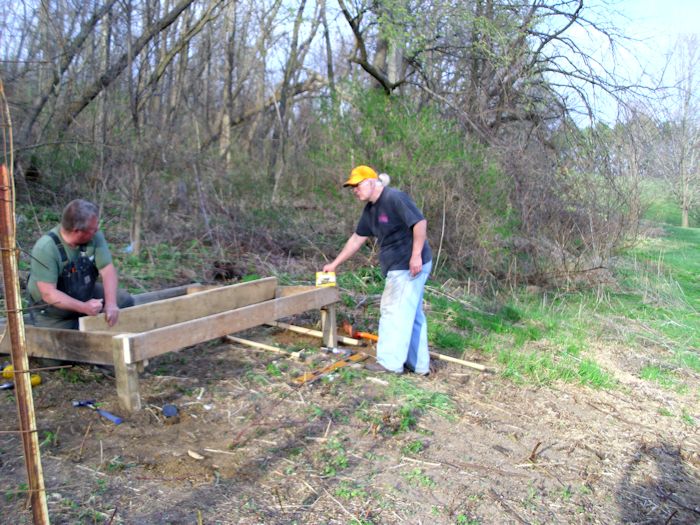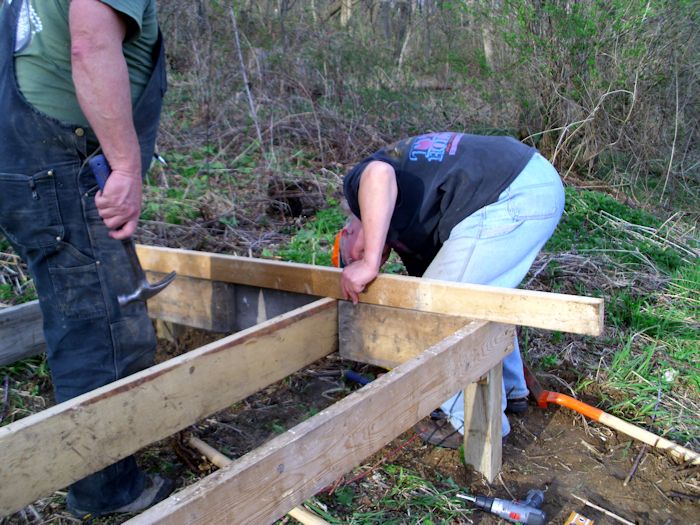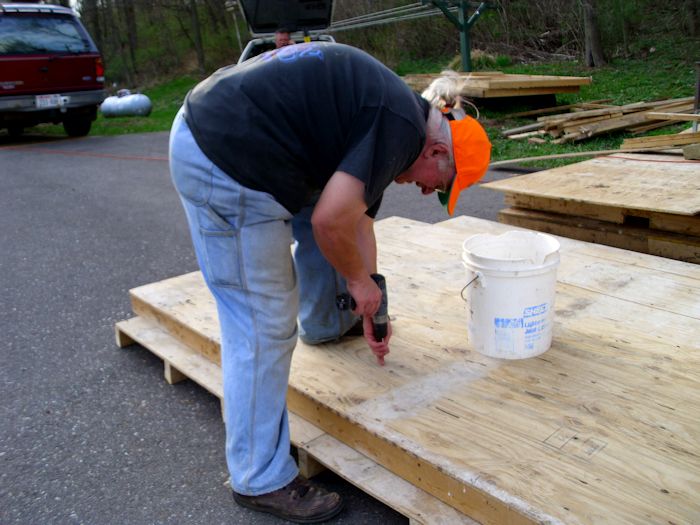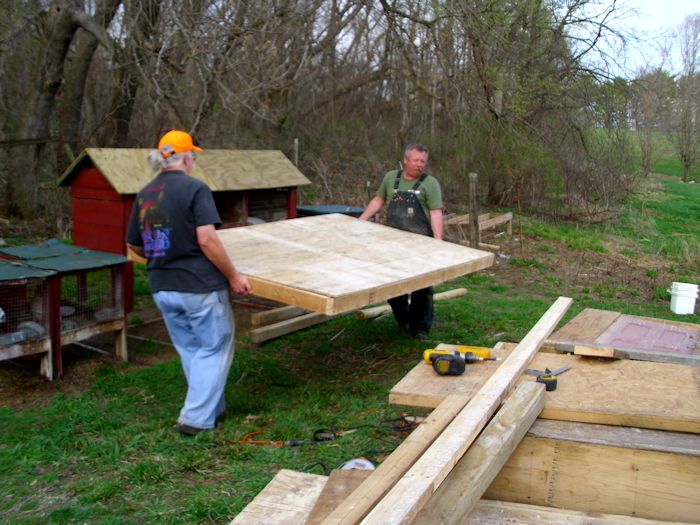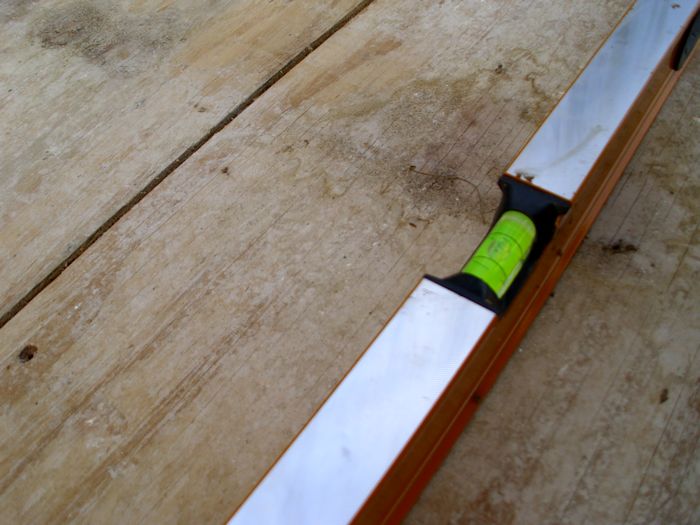I’ve written quite a few times about the health and monetary benefits of self-sufficiency at any level (see my Health Benefits of Self-Sufficiency and Health Benefits of Self-Sufficiency (Part 2) posts for details). It’s even possible to put a dollar amount on your self-sufficiency endeavors (see Calculating an Hourly Wage for details). Of course, not everyone can produce as much of their own food as we do, but I encourage you to produce as much as you can. I’ve been reading more and more articles online, like the one entitled “8 Food frauds on your shopping list” that tell me that your local store may be undermining your efforts to eat well. In this article, you discover that the milk you just bought could actually be causing problems like kidney stones because it contains melamine. In addition, there are all sorts of problems with food contamination. Reports such as “How safe is your grocery store?” give me pause when considering any sort of food purchase. Certainly, reading articles like this have significantly changed our buying habits for the small number of luxury items we purchase each year. They should affect your buying habits too.
At one time, most stores received the majority of their products from local sources. If you bought a steak, it probably came from a beef cow that was butchered and processed locally—perhaps from a neighbor who raised beef cattle. The same held true for all sorts of items—vegetables and fruits alike. The items you purchased from the store had a lower carbon footprint because they didn’t involve transportation over long distances. In addition, these items were fresher; many of them were never even frozen. During this time, it was actually possible to trace a source of problem food directly to the grower because the grocery knew the grower and what kinds of products the grower produced. Our food was considerably safer as a result.
Three things have happened to make the day of locally grown food pass into history. First, people have developed a taste for a wider variety of foods. This isn’t necessarily a bad idea because variety does tend to help create a better diet, but the cost has been felt on a global scale in the increase of everything from pesticide use to increased greenhouse gasses. I’ll leave it to you to decide whether breathing contaminated air and drinking poisoned water is really worth the health benefits of a diverse diet. Add to your calculations the chances that the food you’re eating is something other than advertised because your store may misrepresent the product to you in order to make a sale.
Second, people have placed price as their first (and sometimes only) criterion for making a food purchase. Locally grown food is sometimes more expensive than the food you can obtain from another location. Gone is the day where the grocery store owner knew precisely who grew what in the store. Today you can ask your butcher where a piece of meat comes from and you’ll receive a shrug (at best) for your efforts. The apple you’re eating could come from Washington, but it could just as easily come from some other country. There really isn’t a good way to know.
Third, governments have placed an emphasis on the global economy for various reasons. You get goods from overseas in many cases because the government has decided that you’ll get those goods for political reasons. A trade pact may require America to buy so many items from China in exchange for some other concession. I’ve written before about the global economy (see Considering the Inefficiency of a Global Economy for details). From my perspective, unless another country truly does own the market for a particular product, using locally grown or produced items makes far more sense and using these local items (even if they cost more) would significantly reduce our global pollution problems, not to mention making the local economy work better.
Whether you agree with me on these issues or not, it’s still a matter of choosing whether you’ll continue to buy products of dubious quality and origin. Besides becoming more self-sufficient, you can take control of your food sources by going to a local farmer’s market or choosing to spend more at smaller stores where the grocer actually does know the source of the food that the store sells. Yes, you’re going to pay more for the food you buy this way and it may not always be convenient to obtain the variety of food that you want, but the food you eat will be higher quality and less susceptible to contamination. When you do encounter a problem with your food, you can actually do something about it.
When is the last time you chose quality over price? Are you spending time thinking about what you eat and whether the food is actually good for you? Let me know at [email protected].

